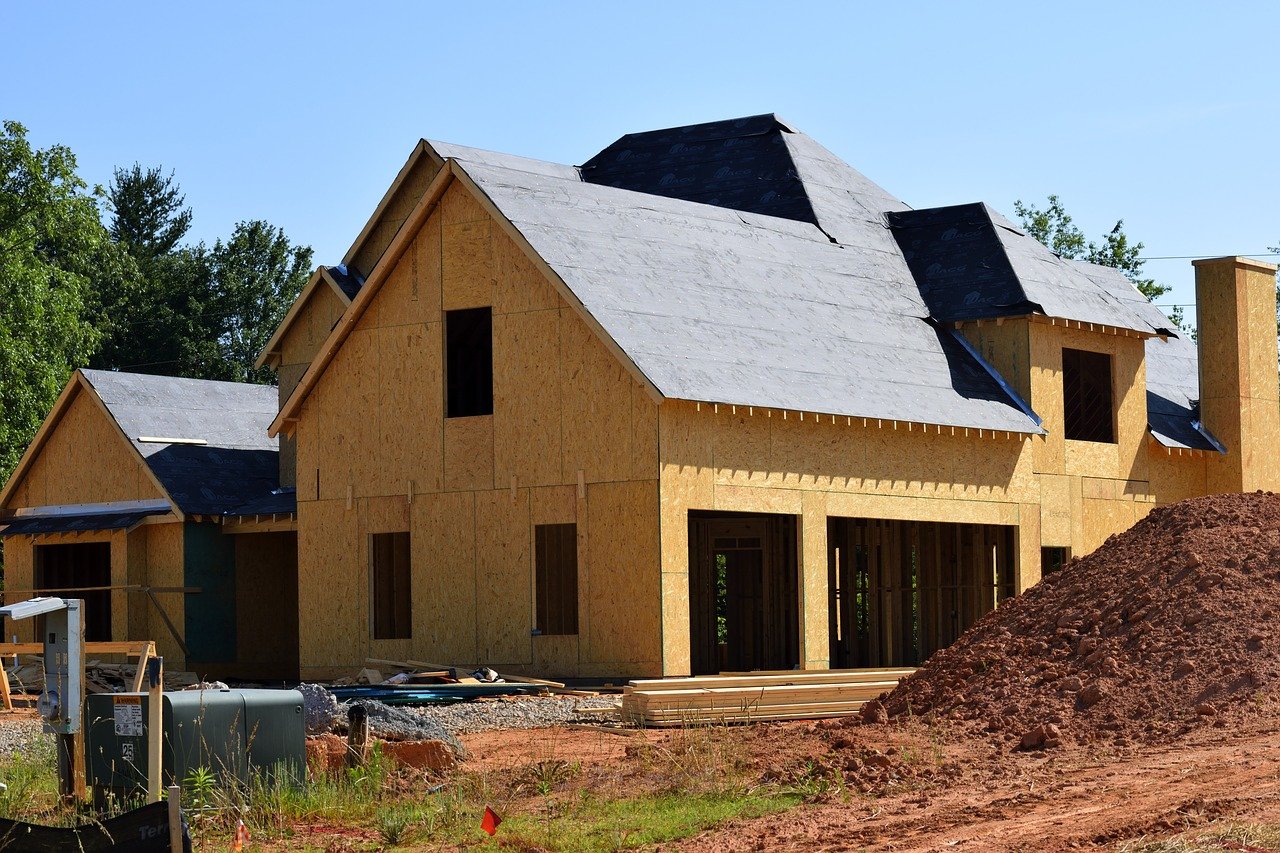From changing street scenes to iconic events, the new digital timeline tool produced by Barratt Homes shows you just how much things have changed over the past 60 years. One of those major changes has come in the form of average house prices which makes for interesting reading in itself.
The 1960s
The ‘Barratt Homes Through The Decades‘ tool begins way back in 1958 when Barratt Homes first opened its doors. Property prices were only £2,530 on average. The Beatles were dominating the charts. Tie-die shirts and bell-bottomed jeans with sandals was the iconic style. Remember this was a time when people typically lived either in tower block housing or smaller more traditional two-storey homes.
The 1970s
In just one decade those prices soon rose, and by the 70’s we saw average house prices jump up to £19,925. Disco fever had hit, bringing people together through their love of dance and music. The Ford Capri became the must have vehicle. Punk first emerged, with brightly dyed hair, leather jackets and plenty of piercings. This was also an era where we saw some of Britain’s biggest houses built. The first domestic microwave was also sold during this time and 64% of homebuyers had a washing machine by now. An average household was made up of 3.1 people, with the average property having three bedrooms.
The 1980s
The decade where the property market saw a boom and with that the decades average house prices started at £20,268, which then rose to £29,143 by 1985. Just five years. Bold style and big hair were here, as perms, mullets and shell suits became the fashion. The Walkman first burst onto the scene. During the 1980’s, the average size of properties had started to decrease to meet the demand of individuals and young couples making their way onto the property ladder.
The 1990s
After the boom in the 1980’s, the 1990s saw a big hit to the market due to the recession. It was the era of parkas, polo-shirts and noteworthy sunglasses. The Channel Tunnel first opened, as Barratt first brought homes to the South of France with a development in Provence. Despite the recession, house prices did increase slightly compared to the decades gone before it. Average prices started at around £58,153 and rose to £59,939 by the mid-1990s.
The 2000s
The new millennium touched down with the invention of the social media platform Facebook. This took the world by storm, with consumers all over the world growing their online presence by posting, sharing and liking content.
One thing that really did boom in the 2000’s was the house prices, which compared to £59,939 in the mid-1990s had hit £156,236 by 2005. With sustainability in mind, Barratt also launched a pioneering range of green initiatives with eco homes.
The 2010s
With two major royal weddings the 2010’s were a decade to remember. London hosted the 2012 Olympics, bringing more than 180,000 visitors a day to the Olympic Park. The 2010 street scene also saw some dramatic changes as more townhouses and apartment blocks appeared. The cost of a typical property steadily rose from £170,365 to £197,890 throughout the decade.
The 2020s
Being so early in the 2020s there is not much to discuss for this decade other than the massive elephant in the room. As COVID-19 completely changed lives and the way we live them, housebuilders have found other ways to adapt. So far during the 2020s we have seen more three-storey properties and modern, four-bedroom homes. Many towns and villages have also seen Covid-19 testing centres pop up to help keep on top of the spread of the virus.
Looking to the future of housebuilding and its next 500,000 homes, Barratt Homes has pledged its commitment to create a positive environmental, social and economic legacy for future generations.



 Bitcoin
Bitcoin  Ethereum
Ethereum  Tether
Tether  XRP
XRP  Solana
Solana  USDC
USDC  TRON
TRON  Cardano
Cardano  Lido Staked Ether
Lido Staked Ether  Avalanche
Avalanche  Toncoin
Toncoin